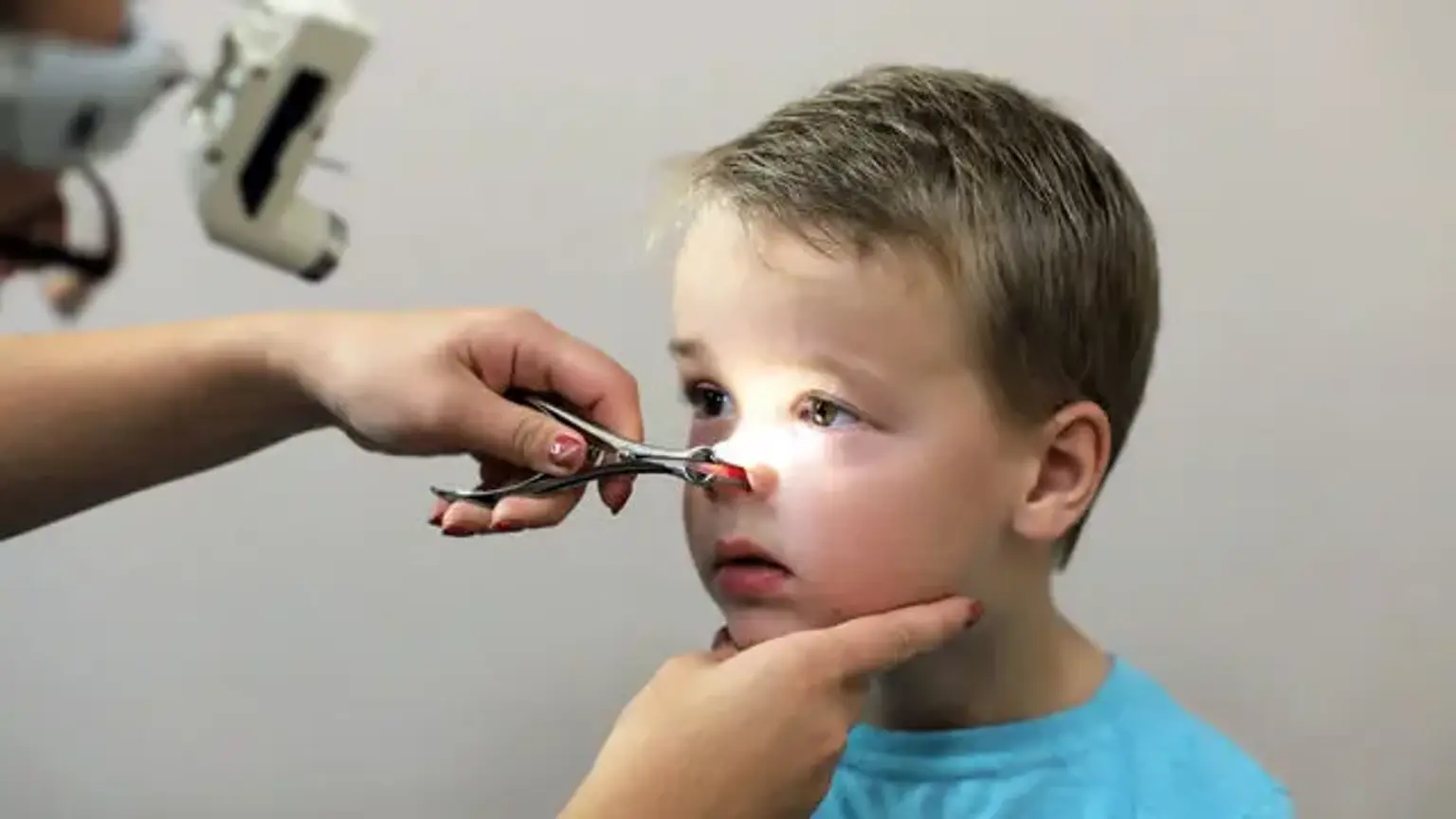Enlarged Adenoids
Overview
The adenoids are a cluster of lymphoid tissue found on the nasopharyngeal posterior wall beyond the soft palate. Waldeyer's ring is made up of the adenoids, as well as Gerlach's faucial tonsils, lingual tonsils, and tubal tonsils. In infancy, these tissues work together to become an important aspect of the human immune system.
Antigens enter the oral and nasal passages and come into touch with Waldeyer's ring immune cells. These cells can then establish immunologic memory of the antigens and resist them by making IgA antibodies; this is hypothesized to result in immune system "priming" in infancy.
The adenoids are present at birth and grow throughout childhood, reaching their maximum size by the age of seven. They will decline in size during puberty and may be almost nonexistent by adulthood in the majority of people. As a result, adenoiditis is usually associated with childhood and adolescence. Adenoid hypertrophy occurs when the adenoid tissue becomes inflamed as a result of infection, allergies, or irritation from stomach acid.
